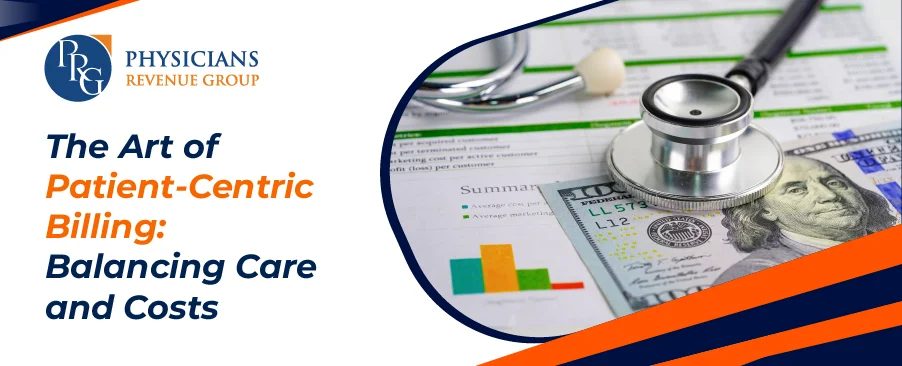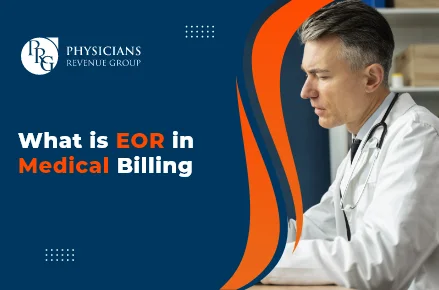
Email: info@prgmd.com | Call: +1 (630) 242-6474
Business hours: 9:00 to 5:00 | Monday to Friday
Email: info@prgmd.com | Call: +1 (630) 242-6474
Business hours: 9:00 to 5:00 | Monday to Friday

Table of Contents
ToggleNavigating the complexities of the US healthcare system is not easy. Adding to that, there is one area which often causes confusion and frustration for patients, which is medical billing. The intricacy of medical billing can become overwhelming, furthermore the inaccurate and unexpected charges can often lead to financial stress, and negatively impact patient experiences. Therefore, patient-centric billing is need of the hour, which effectively puts patients at the center of the billing process. Not only patient centric medical billing services improve patient experiences, these also make life easier for physicians in balancing care and costs.
Patient-centric billing and revenue cycle considers a patient’s experience in the process in balancing care and costs. The process involves upfront understanding of the costs, in addition to the timely-transparent communication in terms of balance due, with payment options.
What elements don’t constitute as patient-centric revenue cycle but still are a standard for years?
These elements include:
Traditionally, RCM did not include a substantial focus on patient experiences. With the lion’s share of the payments coming from the insurance providers, the primary focus remained on creating claims that would result in a full payment, on the first pass.
For years this was sufficient for keeping medical facilities, practices, and hospitals financially sound. However, as the patient payment responsibilities start rising, it has made it critical to focus more on a patients’ experience. A patient’s experience starts from making their appointment, lasting to them receiving their medical bills, along with their abilities to pay. All in all, patient satisfaction surpasses simply the evaluation of the services provided.
The new standard includes experiences like:
Collaboration is key for patient-centric billing. Healthcare practices, insurance payers, and billing advocates must work in harmony for:
Through fostering a patient-centric culture all within the healthcare system, all stakeholders can improve the financial experiences of patients and build stronger relationships between the patients and their healthcare providers.
Share:
Categories
Recently Added

What is an ABN in medical billing?

What does a Clearinghouse do During Claims Submission?

What is EOR in Medical Billing?
We Would Love to Assist You!
We treat your data confidentially and don’t share any information with a third party.